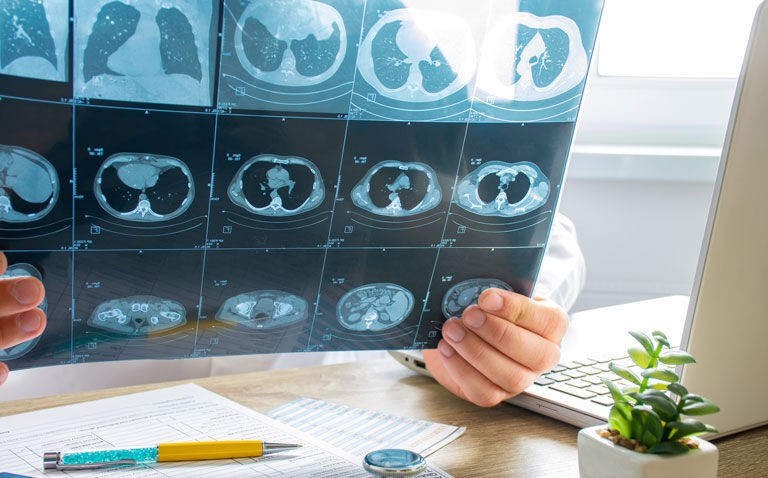A standardised radiology alert system has enabled the follow-up of the majority of ED patients for whom incidental findings were detected
A standardised radiology notification system which identified and subsequently ensured the follow-up of emergency department patients for whom incidental findings were detected in scans, has proved to be highly successful.
This was the conclusion of a study by a team from the Department of Emergency Medicine and the Vanderbilt Ingram Cancer Center, Vanderbilt University Medical Center, Nashville, US.
The presence of incidental findings and which are unrelated to the initial indication for a radiological scan are not uncommon. For example, in a study of 1155 patients who had an emergency abdominal computed tomography scan, 700 had incidental findings detected, of which, 143 were deemed indeterminate requiring urgent investigations.
The presence of incidental findings are commonly detected in scans for trauma patients, with some that require urgent evaluation (type 1 findings) or at least should be communicated to patients (type 2 findings). Using this classification, in one study that retrospectively reviewed 3092 patients, type 1 findings were present in 32% of all scans and type 2 findings in 41.2% of scans.
Communication of findings to patients and appropriate follow-up is needed particularly where the findings indicate a potential malignancy.
For the present study, the US team developed a standardised radiology reporting system that created an electronic trigger to ensure that patients with incidental radiology findings were connected with an appropriate outpatient surveillance follow-up.
The team retrospectively examined the value of their standardised radiology reporting system by including all adult emergency department visits with a critical radiology alert for incidental findings. Operationally, if a radiologist identified important clinical or incidental findings, these were added to a critical alert messaging system which activated a ‘stop sign’ icon on the emergency department, indicating to clinicians that the alert needed to be reviewed and acknowledged.
The emergency department clinicians were then required to complete an appropriate follow-up request form which was sent to members of the department whose role was to liaise with patients and primary care physicians to arrange the recommended follow-up.
For the present study, the authors set the primary outcome measure as the proportion of emergency department (ED) patient visits with identified incidental findings that had documented communication with the patients and surveillance plans. For the secondary outcome, the team looked at the frequencies of post-ED surveillance clinic visits.
Standardised radiology alert system outcomes
During the period of analysis, there were 64,731 ED visits of which 932 (1.44%) patient visits had critical radiology alerts. This total included 53 visits with multiple findings so that the actual total was 982 incidental findings.
The primary outcome was met in 95.3% (95% CI 93.9% – 96.6%) of ED patient visits. For the secondary outcome, 99.1% of in-network referral to a primary care provider or specialist occurred.
The authors concluded that the successful implementation of a standardised radiology notification and referral system is an important patient safety intervention that provides the opportunity to detect undiagnosed malignancies.
Citation
Barrett TW et al. Catching Those Who Fall Through the Cracks: Integrating a Follow-Up Process for Emergency Department Patients with Incidental Radiologic Findings Ann Emerg Med 2022










